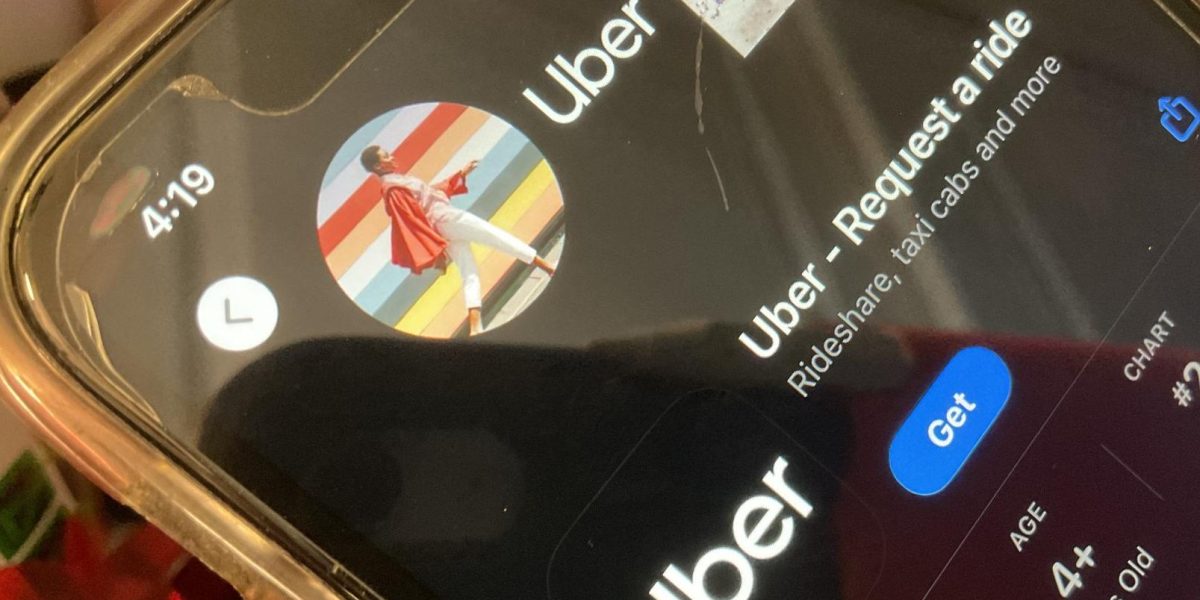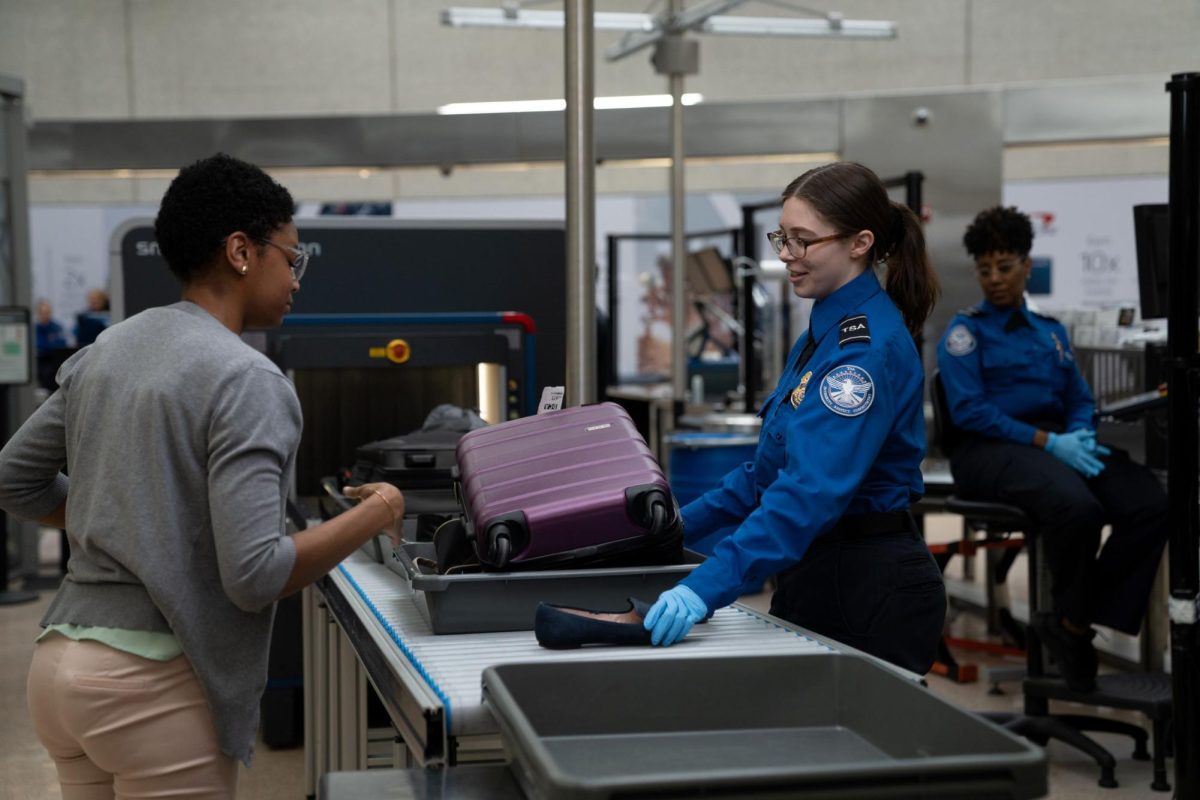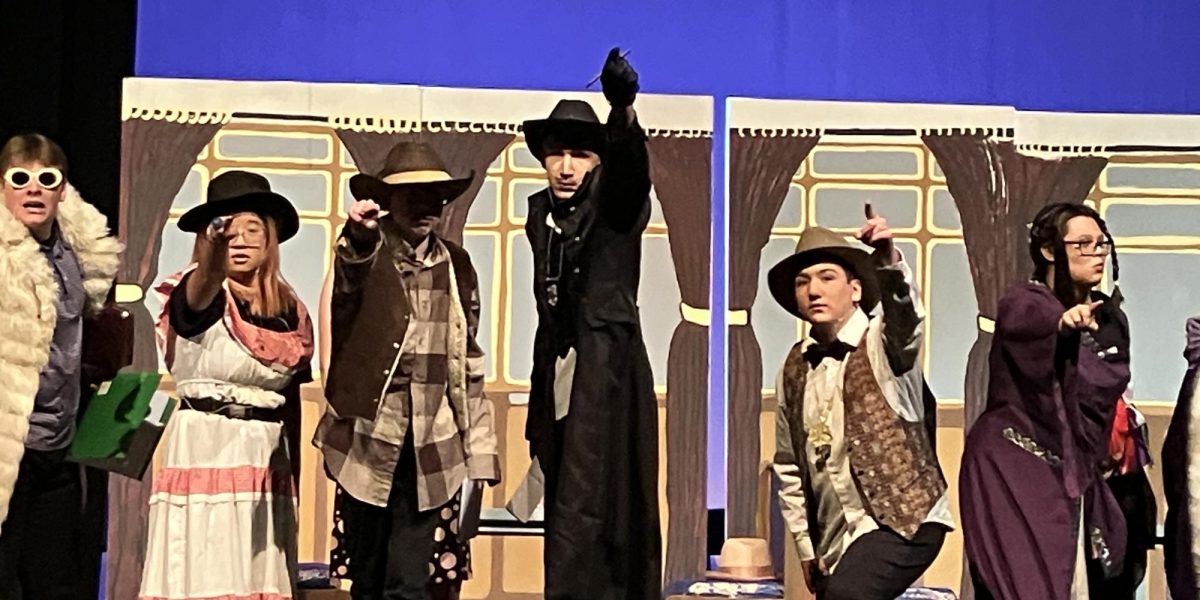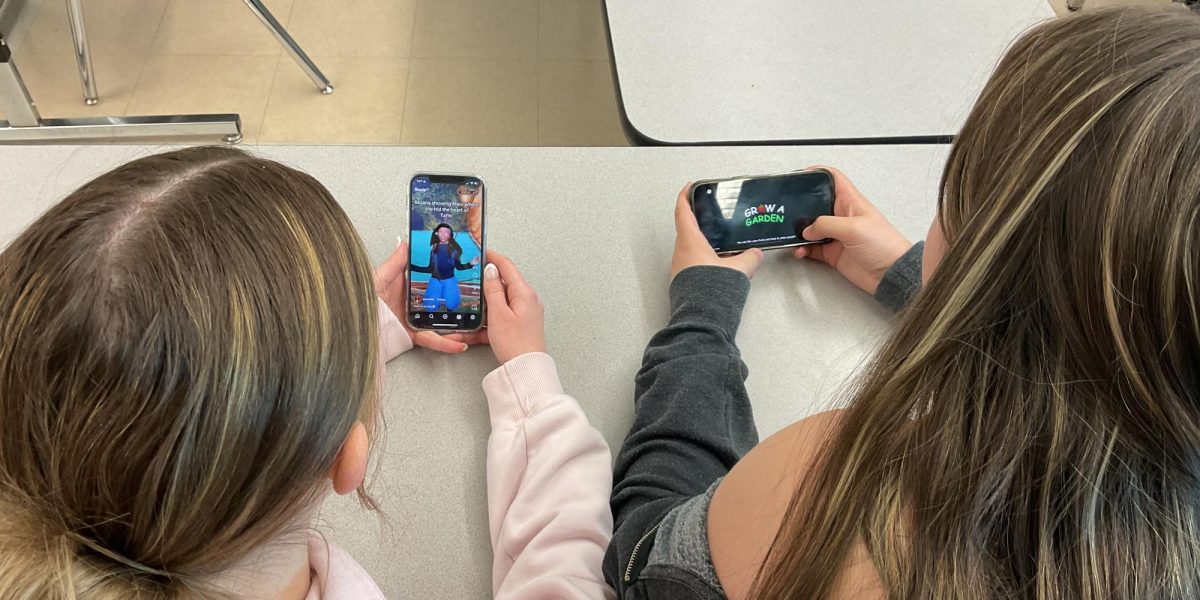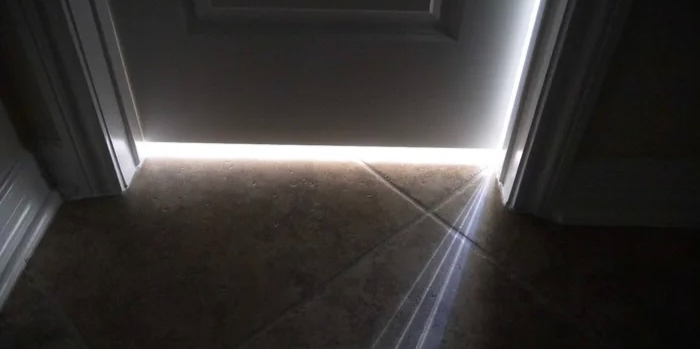Do’s and Don’ts of Video Calls
The obvious and not so obvious things to keep in mind when on a video call.
In a world of online communication in a professional setting, it’s important to know what’s right and wrong when presenting yourself to others.
April 6, 2020
As everyone knows, video calls are becoming very popular recently, due to the COVID-19 pandemic. Big companies and schools are using this as a way of communication, which is very beneficial for everyone’s health. Social distancing is immensely important in a time like this, as slowing the curve will continue to bring down the number of cases of COVID-19. Meanwhile, corporations like Skype and Zoom are thriving more than ever before. As these companies take a big part in communication now, here are some ‘Do’s and Don’ts’ to keep in mind when participating in one of these calls for your professional workplace.
Do’s:
-
Have yourself on mute during important calls
This is always a good idea, just in case. Who knows what loud distractions could embarrass you in front of your peers? Maybe your dog is barking, your phone starts ringing, or your mom is yelling about the unflushed toilet. Keep yourself on mute until you need to speak, so the other people in the meeting or call can remain focused. This could also be useful if you want to listen to music or anything in the process.
-
Make sure you look somewhat presentable
Just as we do when we go in public, or are in a class of some type, look as presentable as needed. Whether you want to admit it or not, looks create opinions, especially in a professional setting. If you are a member of the meeting, obviously there’s no need to wear a suit and tie, however, if you are presenting make sure you look cleaned up, and maybe throw on a nicer top, even if you’re just wearing sweats on the bottom. This also pertains to your background. No one in your classroom wants to see your messy bed and undone laundry behind you. Keep your background tidy or choose a blank wall to look more professional.
-
Focus on what everyone is talking about
Make sure to focus on the meeting. Obviously, it’s being held for a reason, so listen, and maybe jot down some notes about the main ideas of who is speaking. Just as you would in class, make sure to pay attention. Although it might be tempting to fake a bad connection when you’re called on, act like this is just like a classroom setting. There’s no faking a frozen screen in real life.
-
Participate when necessary.
If the teacher or presenter asks a question or wants feedback, step up and help them out. This will not only help others in the video call, but it’ll make everyone feel more comfortable. The more you participate, the more others will too, furthering the conversation. Online classes aren’t an excuse to slack, maintaining your grade through participation is more important than ever- and a silent video chat with all of your peers isn’t something to look forward to.
-
Ask questions
If you are curious about something or want further explanation, don’t be afraid to ask! It’ll make you look like a focused student because you are engaging in the conversation, and it’ll also help those who may also be confused. This is a time of confusion and the last thing you want to do not understand classroom procedures or current curriculum.
Don‘ts:
-
Don’t walk away or forget you’re on camera
This one may seem obvious, but just make sure to sit in place throughout the meeting. If you have any social media, you have probably seen the videos of people forgetting they were on camera, and doing embarrassing things, so just make sure that’s not you! Would you want any of your classmates to see your 4th-day sweats or you picking your nose? (The answer should be no.) Just remember to keep your attention so a video of you with a finger up your nose doesn’t go viral on Twitter the next day.
-
Don’t have any distractions in the room like family, pets, or phones
Make sure your family and friends aren’t trying to talk to you during this time, due to the fact that it’s very distracting to the other people. It’s disrespectful to the rest of your class and creates the picture that you don’t care about what’s going on. Also, make sure any pets you have aren’t in the room either; as cute as it may be to show off your puppy to the camera- the focus of the lesson will quickly turn from a classroom setting to distractions from everyone.
-
Don’t abuse the chats
If using the chats in the video call program, use it to your advantage. Most chats are viewable by everyone in the chat, even the teacher, and may hurt your credibility if you tried to get a laugh out of some fellow students. Make sure if you use them, they are for educational reasons. The goal is for everyone to get the most out of the meeting, so talking about the subject at hand is key.
-
Don’t be distracting
Make sure to pay attention, and don’t distract others. Some people work better with music, so as I said previously, if it’s muted no one will know. However, if you are singing or dancing that will distract the other people and take away from the teacher’s limited time on teaching their material. The same thing will happen if you are eating, texting, or juggling. Regardless, remember to be on your best behavior.
-
Don’t have anything going on in the background
Last, but certainly not least, make sure you don’t have anything that will distract from your presence going on in the back of your picture. Anything on these calls can be distracting so being aware of your surroundings is essential. Turn off TVs, flashing lights, or sit in a different area other than your kitchen. No one needs to see your dad making his 4th sandwich of the day behind your head. Anyone can click on your video and see what is going on, so be conscious of that!
All in all, make sure to step up and be prepared for video calls, and most importantly, don’t embarrass yourself or take away from the importance of online learning.

